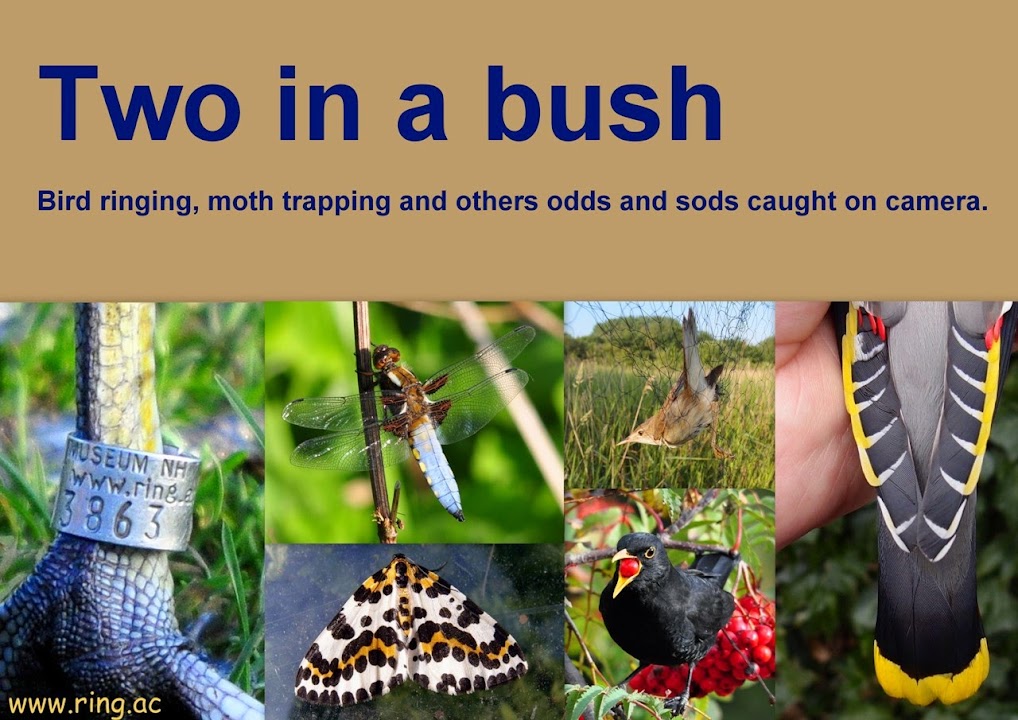There is not much to report so this post could equally have been titled 'Same old same old', 'Shite weather', 'Roll on Spring' and so on. Yes there was some sunshine this morning but it didn't last long and the gloom soon returned in all of its forms. At least the next named storm (Imogen) is having the decency to deliver the worse of the forecast wind and rain much further south and is due to impact southwest England and south Wales tomorrow. It is not that I would wish such weather on those regions but the north of the country has had more than its fair share recently so it is a relief of sorts.
So if you haven't guessed already the birding, like the weather, is largely stuck in a rut and remains rather samey. If I did a school type register for birds visiting the garden there would be around 96% attendance from the usual suspects. Numbers of Goldfinches, Siskins and Redpolls haven't really changed, the Grey Wagtail attends everyday but misses lots of lessons, House Sparrows wag it (are absent, play hooky) nearly all of the time and the Belgian-ringed Blackcap remains the 'more often than not' foreign exchange student. Things have got so predictable that a one legged Great Tit stood out (well sort of wobbled out) as an obvious newcomer to the feeders today.
Away from the garden the birding isn't much better at any of my usual haunts, not that I have ventured out all that much. The best I can offer in the way of sightings and photographs are of a drake Mandarin that often frequents Orrell Water Park and was there again today. Even for a Mandarin this is a particularly 'plastic' duck as 'plastic ducks' go as it comes to bread and frequently displays to female Mallards. There are naturalised Mandarins that breed in the area but they keep to type and generally frequent rivers, canals and ponds in mature woodland and don't usually hang around with bread loving Mallards in parks.
 |
Drake Mandarin, Orrell Water Park 07/02/2016.
Fine feathers, flesh and blood but 'plastic' nevertheless.
For readers of this blog that may not be familiar with the term 'plastic' being applied to a bird it is a term that is generally used for a none native species (mainly wildfowl) of dubious origin. In the case of a Mandarin in the UK this means a bird of recent captive origin rather than being from the naturalised (wild breeding) population. In other species of duck the term plastic means being from captive origin rather than being a genuine wild vagrant where such vagrancy is a possibility. For smaller species (mainly passerines) the term 'cage hopper' is often used instead of 'plastic' where escape is the likely source of the occurrence. |
 |
| Drake Mandarin, Orrell Water Park 07/02/2016. |
 |
Drake Mandarin, Orrell Water Park 07/02/2016.
Not the rear of the year in my eyes but those sails (modified tertial feathers) are worth a look at from all angles. |
 |
| Drake Mandarin, Orrell Water Park 07/02/2016 |
A drake Mandarin may be a stunning looking bird in its spring finery but the fact that it features in this blog shows how stagnant the birding is at the moment. Hopefully I will have something better to blog about next time although it is unlikely to look as good.




















































